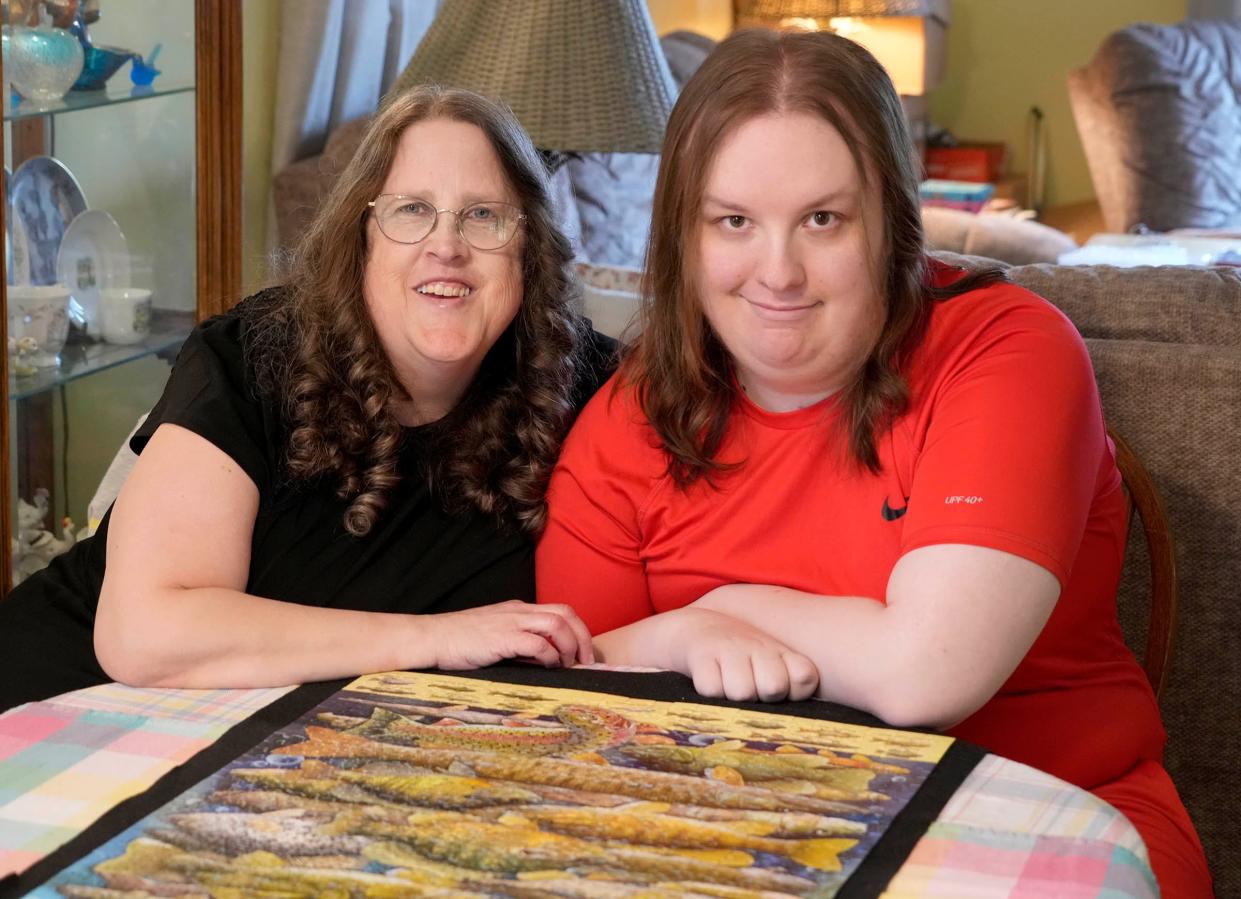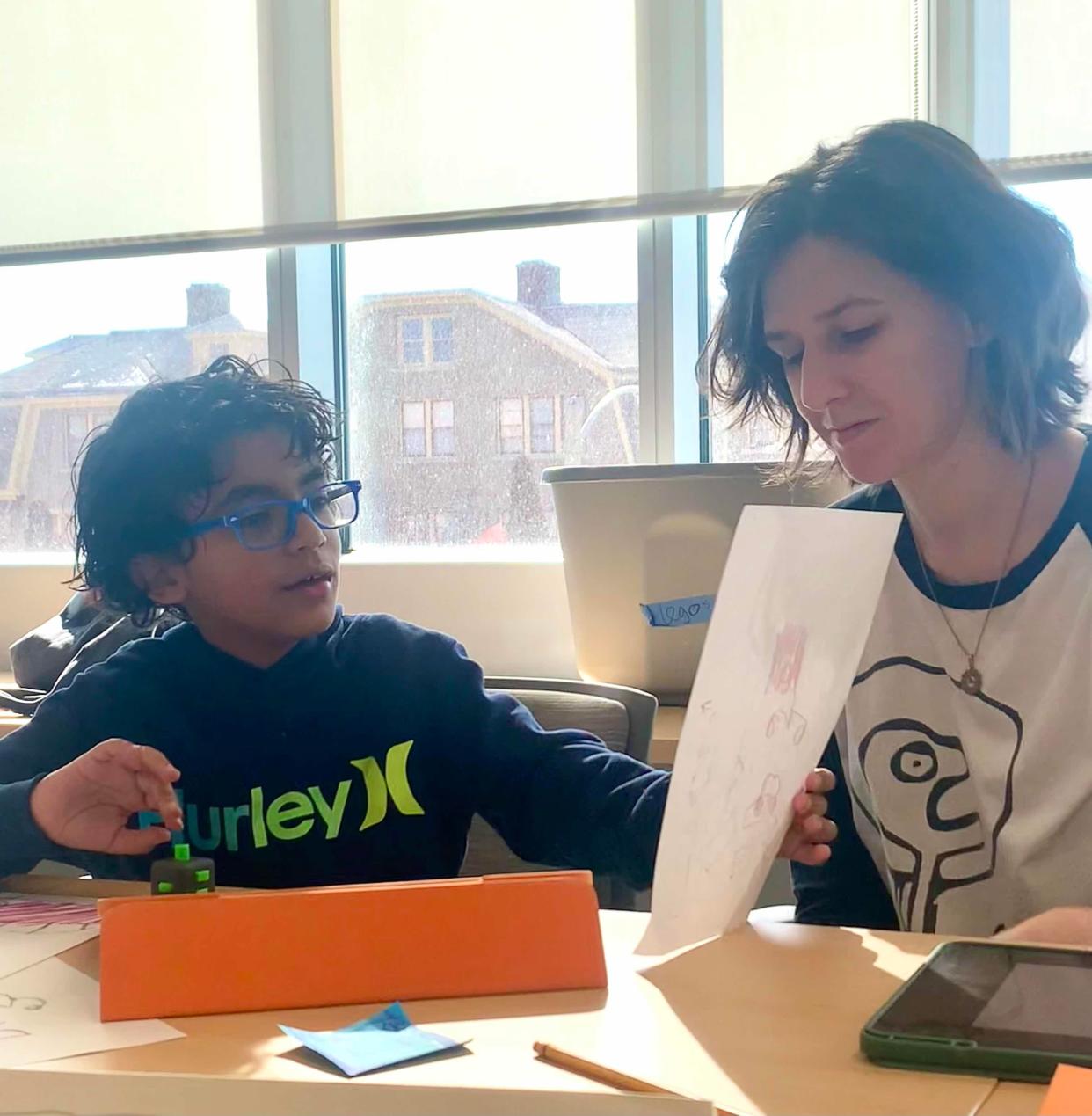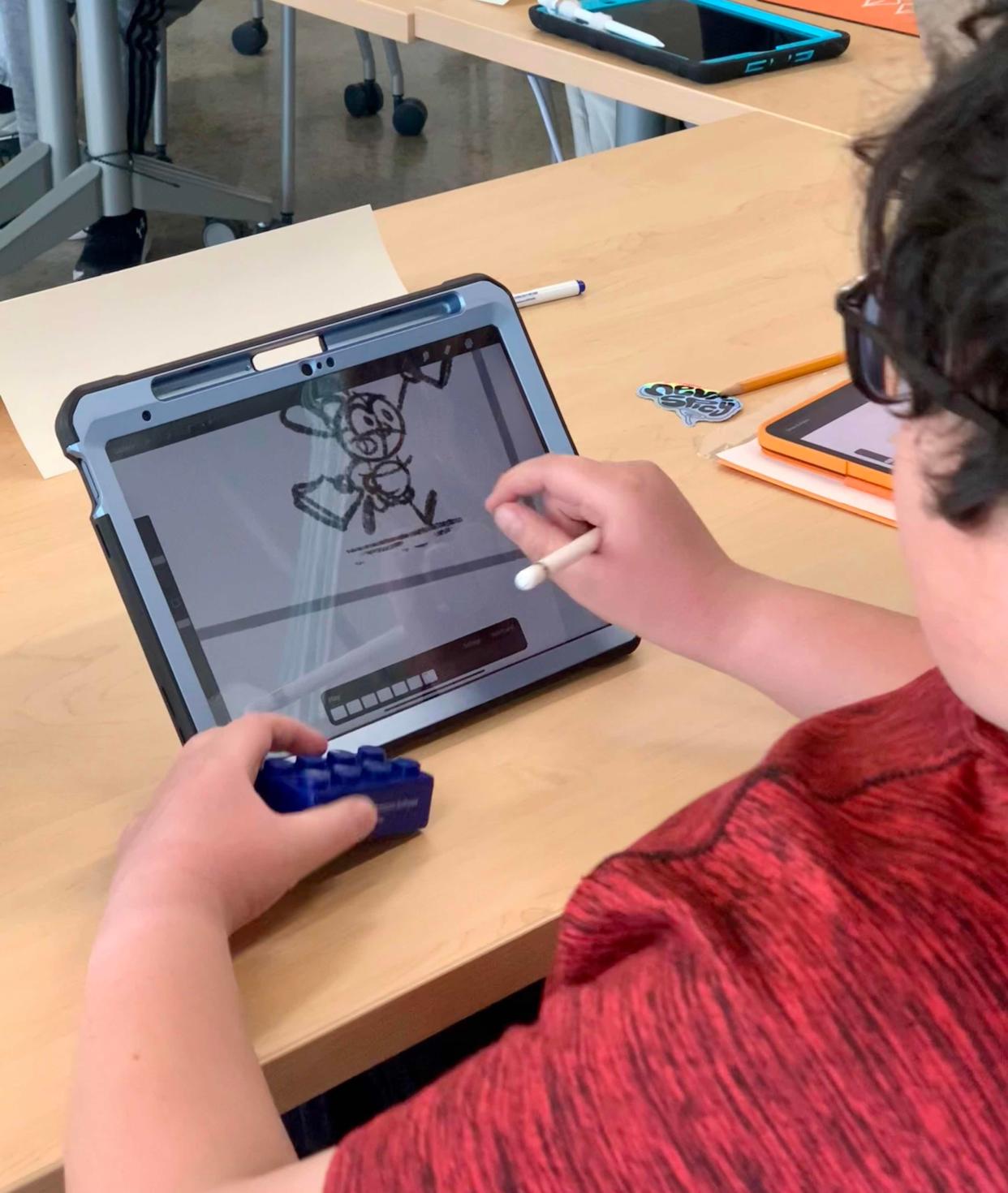IEPs and 504s: What kinds of accommodations should neurodivergent students receive?

During her son Ben's time in school, Alison Peetz became an expert in advocating for his needs. Ben — who is now an adult — is autistic and has a language processing disorder.
Peetz described Ben's school days as "emotionally, physically and spiritually exhausting" because for him, it was "as if he suddenly went to a foreign country where he couldn't speak the language and didn't know the customs, where he couldn't understand what people were saying and he was constantly getting in trouble for doing the wrong thing."
His neurodivergent diagnoses required special education services and accommodations throughout school, some of which changed over the years and some of which received pushback from school staff.
Here's what to know about the accommodations that are required for neurodivergent kids in Wisconsin, and the lessons Peetz learned as she navigated the educational system to help her son get the accommodations he needed.
Accommodations for neurodivergent students are required by multiple laws
Under the federal Individuals with Disabilities Education Act, students ages 3 through 12th grade with disabilities are entitled to an Individualized Education Program. The Wisconsin Department of Public Instruction defines an IEP as "a plan that identifies a student's educational needs, contains learning goals based on the student's needs, and describes the services a student will receive in order to progress towards learning goals."
The Wisconsin Legislature's administrative codes identify 11 "areas of impairment" that qualify a student as disabled and eligible to receive services:
intellectual disability
orthopedic impairment
blind and visual impairment
deaf and hard of hearing
speech or language impairment
specific learning disability
emotional behavioral disability
autism
traumatic brain injury
other health impairment
significant developmental delay
Each area has several criteria, traits and tests to take into consideration for diagnosis. Although neurodivergent students could fall into a number of these categories, the most likely would be speech or language impairment; specific learning disability; emotional behavioral disability, autism and significant developmental delay.
Students may also have a 504 plan as part of the Rehabilitation Act and the Americans with Disabilities Act, which require school districts to provide a "free and appropriate public education" to students who have a "qualified disability."
For both IEPs and 504 plans, the student must be evaluated by a team of people, which usually consists of the student's parents, at least one of the student's regular education teachers, specialists and other relevant school staff. A 504 plan will include the accommodations the student is entitled to, while an IEP will be more detailed, specifying learning goals, benchmarks to achieve, accommodations needed and specific plans to achieve the student's learning goals.
Students' needs, strengths should be the starting point for determining accommodations
Peetz's advocacy taught her that the quest for accommodations should always start with an evaluation of the student's needs and strengths, followed by an analysis of how the environment is set up (or not set up) to help the student achieve their goals. Only then should accommodations be decided upon. But Peetz found that districts sometimes do the reverse.
"I learned that districts often start with the technology they have available, telling parents the things they have and that they can try out," Peetz said. "It's like they're trying to retrofit a tool they're familiar with to the student."
And a student's specific life goals, strengths and challenges should also be the starting point for the learning benchmarks set out in an IEP.
Peetz said Ben's behaviors were often the focus when he was younger, but his strengths weren't appreciated. When he started attending workshops at Islands of Brilliance — a Milwaukee organization that pairs autistic students with mentors to create technology-based art — he was celebrated for his abilities.

After learning how to create using tools like Adobe Illustrator and Photoshop at Islands of Brilliance, Ben was able to leverage his skills — with the support of art teachers at his school — to earn industry certification in some of the digital tools. Those accomplishments and goals toward aggregating a professional portfolio were included in his IEP.
"Ben had an excellent teacher for digital photography and graphic design who could see what Ben's needs were and follow the IEP," Peetz said. "And that, combined with the experience he had from Islands of Brilliance, that really helped him blossom in his area of strength. It was life-changing for him."
Common accommodations include therapy, learning aids and physical objects
Accommodations should be individual, specific and tailored to achieve the learning goals determined by the student and their advocates. And, while needed accommodations often change during a student's time in school, there shouldn't be an assumption that the student should "grow out of" needing accommodations. Neurodivergent people will often need accommodations to accomplish their goals throughout their entire lives, and there's nothing wrong with that.
Some neurodivergent students will require specialists to provide different types of therapy, such as speech and language, occupational and physical therapy. Some will also require a teacher's aide to help them in their classes.
There are also assistive technology tools that can help students — things like text-to-speech software, closed captioning and transcription services.
Neurodivergent students are often accommodated with extra time to take tests, the flexibility to leave the room for brain breaks and the option to prove they've learned concepts through unconventional assessments.
Physical items like yoga balls, fidget gadgets or standing desks can help neurodivergent students to focus when they have excess energy.
"When my son was younger, he always was using a Rubik's Cube. At first, teachers thought it was a distraction until they realized that he was using it to self-regulate and get him to a place where he could quiet everything that was going on internally in his mind," said Kristin Westmore, a Kettle Moraine mother of neurodivergent children. "They accommodated him, and we accommodated them by getting a Rubik's Cube that we could oil so the clicking wouldn't distract the other kids."
Some accommodations involve teachers learning more about neurodivergent people
Katie Berg, the statewide coordinator for the Supporting Neurodiverse Students Professional Learning System, noted that sometimes, accommodations can simply be understanding how neurodivergent children feel in different circumstances and helping them to communicate in a comfortable way.

"For example, eye contact is often seen as expected because it's this social norm that neurotypical people understand as showing that someone is listening or paying attention," Berg said. "But for a child with autism, it can be difficult to process a face and expressions, and because of the cognitive load it takes to make eye contact, they'll avoid it.
"In those situations, I explain to the child that people just want to see that they're listening. So if you can't make eye contact, that's fine. But maybe we can think of a more comfortable nonverbal thing, like looking at their shoulder, that will show the other person you're listening."
Some of the accommodations Peetz requested were considered unconventional. For example, Peetz requested that Ben's IEP include a statement that teachers should watch two videos that explained his language processing disorder, why it makes it difficult for him to learn and gave suggestions for supports for students who have similar diagnoses.
"When I first started asking for that to be required viewing for anyone who worked with him, I was told it couldn't go in the IEP because they couldn't require teachers to watch a video," Peetz said. "But that was when I was a fledgling advocate. The longer he was in school, the more successful I became as his advocate."
Whom to contact to start the IEP or 504 plan process
Parents of children with a disability should talk to their children's teachers, school administrators or contact their district to talk about accommodations.
The DPI website has resources to learn more about IEPs, special education in Wisconsin schools and ways to support neurodiverse students.
The Wisconsin Statewide Parent Educator Initiative has resources to support parents through the IEP process.
Contact Amy Schwabe at amy.schwabe@jrn.com.
This article originally appeared on Milwaukee Journal Sentinel: Learning accommodations for neurodivergent students in Wisconsin
